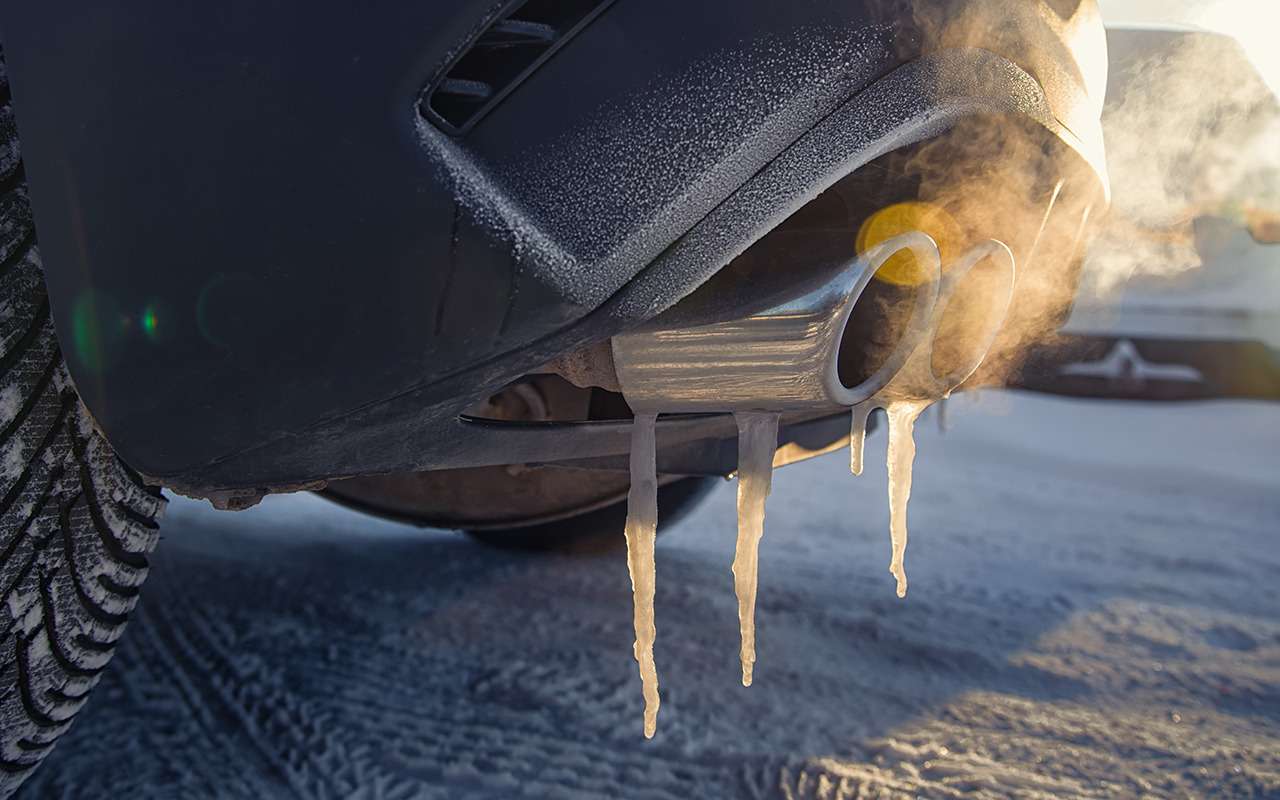1. Do not heat up
In the fall, the temperature in some regions approaches zero and even goes to minus. And warming up is necessary not only for the engine, but also for the box. In addition, the machine needs more time for this. After all, nothing burns in the box: it only heats up due to friction in the gears and couplings.
And if you start loading intensively from the first meters, you can lose both seals and seals. The normal temperature of the working fluid in the machine is between 50 and 90°C. Devices and lamps that inform the driver about heating up the box are usually not in the driver’s mind. Therefore, try to start the movement smoothly in all situations.
There is a way to warm the box in place. To do this, you need to move the selector switch to position D, then to R. And let the machine work in these modes for a minute or two.
With the need to warm up the engine, especially in winter, many somehow still agree. But heating the box?!
2. Start with two pedals
A surefire way to quickly kill an automatic transmission is to put both pedals on the ground in D mode, then sharply remove your left foot. Smoke, effective and spectacular acceleration, admiring glances from others…
With such a start, the liquid in the box mixes as quickly as possible and overheats, causing a loss of performance. This wears out and destroys many parts.
If you often practice such a start from one place, the box can be “condemned” for several tens of thousands of kilometers.

3. Wrong Drag
Three decades ago, the rule came to pull automatic transmission cars along with used foreign cars. It was conditionally called “50 to 50”. That is, the speed when towing does not exceed 50 km / h, when driving – no further than 50 km.
If these conditions are not met, due to a lack of lubrication (after all, the oil pump does not work), scratches may appear on the rubbing surfaces. Today, these requirements have become stricter: it has become “30 to 30”. And some manufacturers are generally against towing and recommend transporting a faulty car exclusively on a tow truck.

4. Switch to parking (often!)
Many drivers, as with “mechanics” driving, constantly shift the selector switch to P at every stop at a traffic light.
You can recognize these drivers by the flashing of the reversing lights when the selector switch moves through the intermediate position R.
This method does not benefit the box. On the contrary, friction clutches wear out quickly. Yes, and the engine will be a little harder: with a dynamic start from one spot, it will have to work tight.
Such a switch is only justified during a long stop, for example at a railway crossing.

5. Do not apply the parking brake!
Have you ever wondered why it is difficult to get the automatic transmission selector switch out of “park” when parking on a slope? The fact is that when parking on a slope, the body actually begins to put pressure on the latch of the latch on the bucket axle. Therefore, always use the parking brake when parking on a slope. And use it before moving the selector to the “park” position.
And never engage P mode before the car has come to a stop – you can break the “park” lock.
6. Do not change liquid
The working fluid must be changed regularly in every automatic transmission. And each brand has its own recommendation. For example, Changan recommends changing the transmission fluids and oil in the transfer case every 60,000 km or every 3 years.
On Hyundai models, the fluid in the automatic transmission must be changed every 90,000 km. At Kia Rio and Sportage, the fluid in the automatic transmission is changed every 90,000 km. In Camry and RAV 4, the fluid should be checked every 40,000 miles and replaced if necessary.
- “Driving” can also be read on Viber.
Photos: depositphotos, unsplash and “Behind the wheel”
Often the cause of expensive repairs is not design flaws, but the consequences of incorrect operation.



